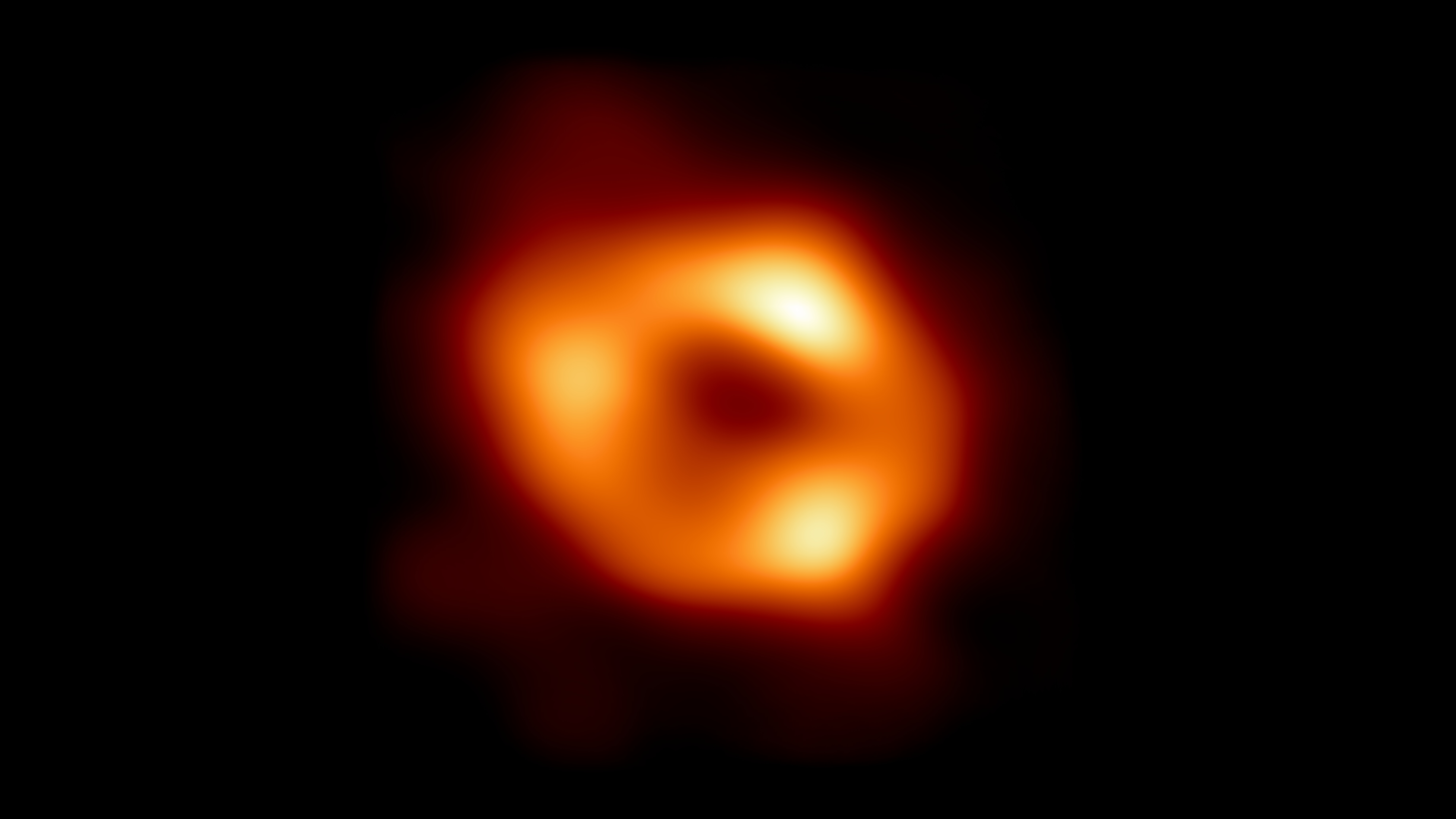An 'extragalactic' intruder may lurk among stars orbiting the Milky Way's black hole
The star S0–6 appears to have traveled 50,000 light-years from a now-extinct galaxy to reach the supermassive black hole at the heart of the Milky Way

Astronomers may have discovered an extragalactic intruder among stars that orbit the supermassive black hole at the heart of our Milky Way, Sagittarius A* or Sgr A*.
Sgr A* is surrounded by a cavalcade of stars, the rapid orbits of which have helped astronomers determine that the black hole has a mass around 4.5 million times that of the sun. Yet, as useful as these stars are, their existence is somewhat mysterious. This is because the intense gravity of Sgr A* should make the heart of the Milky Way an environment that is far too turbulent and violent to allow the formation of stars at all.
This has led scientists to theorize that the stars around Sgr A* may have migrated to this region after being born somewhere else in the universe.
And new findings from an international team of scientists, led by Miyagi University of Education researcher Shogo Nishiyama, have revealed some of these stars may have had vastly longer journeys to Sgr A* than previously suggested. In particular, the crew discovered that a star designated "S0–6" may be over 10 billion years old, and could have originated 50,000 light-years away from its current location.
Related: Swirling gas helps scientists nail down Milky Way’s supermassive black hole mass
To deduce the true extragalactic origins of S0–6, Nishiyama and colleagues studied the star for eight years using the Subaru Telescope, an 8.2-meter optical-infrared telescope located near the summit of Maunakea on the island of Hawaii, operated by the National Astronomical Observatory of Japan (NAOJ).
This investigation revealed that the star, seen just 0.3 arcseconds away from the Sgr A*, has a chemical composition resembling stars found in small satellite galaxies of the Milky Way, such as the Small Magellanic Cloud and the Sagittarius dwarf galaxy.
Breaking space news, the latest updates on rocket launches, skywatching events and more!
The team explained this chemical makeup by theorizing that S0–6 was born in a small Milky Way satellite galaxy that our galaxy actually cannibalized at some point in the last 10 billion years. This would have led to the star journeying tens of thousands of light-years to Sgr A* — ultimately spiraling around our galaxy's black hole rather than taking a direct path to the center of the Milky Way.
If all this is true, it'd make S0–6 the first extragalactic star discovered near Sgr A*, however, many questions will remain about this star's existence and the story of all the other stars living on the edge of a supermassive black hole.
"Did S0–6 really originate outside the Milky Way galaxy? Does it have any companions, or did it travel alone?" Nishiyama pondered, in a statement. "With further investigation, we hope to unravel the mysteries of stars near the supermassive black hole."
The team’s research was published on Dec. 1 in the journal Proceedings of the Japan Academy, Series B.

Robert Lea is a science journalist in the U.K. whose articles have been published in Physics World, New Scientist, Astronomy Magazine, All About Space, Newsweek and ZME Science. He also writes about science communication for Elsevier and the European Journal of Physics. Rob holds a bachelor of science degree in physics and astronomy from the U.K.’s Open University. Follow him on Twitter @sciencef1rst.

